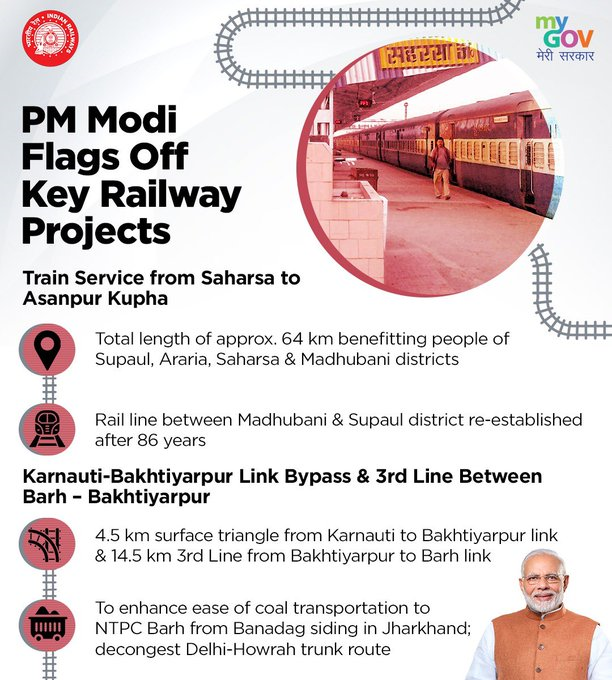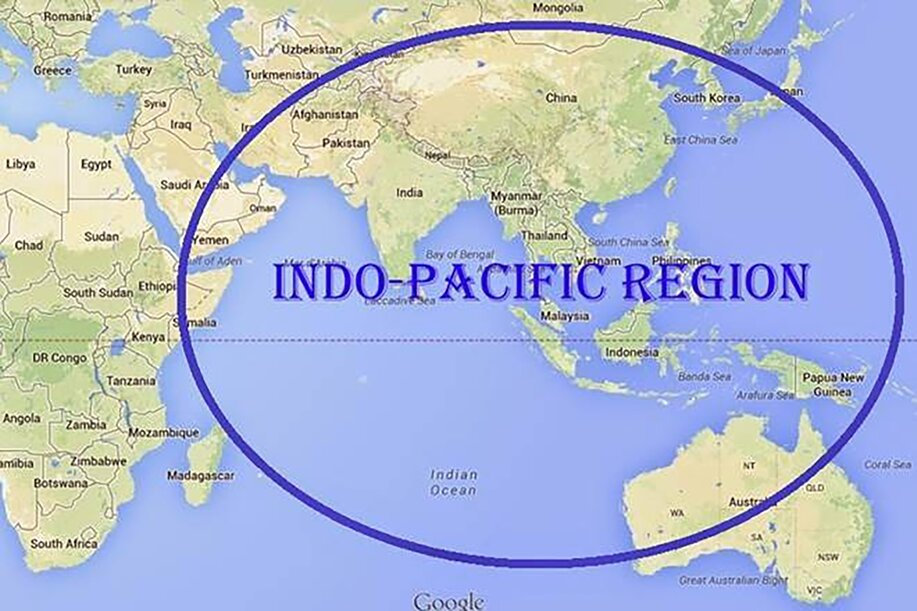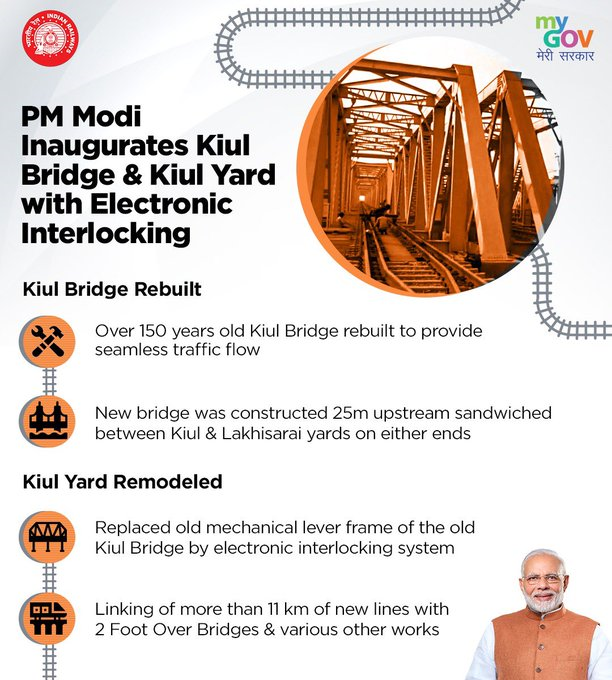IASbaba's Daily Current Affairs Analysis

Archives
(PRELIMS + MAINS FOCUS)
Five Star Villages Scheme launched
Part of: GS Prelims and GS-II – Welfare Schemes
In news
- Five Star Villages scheme has been launched recently.
- Ministry: The Department of Posts, Ministry of Communications.
Key takeaways
- Aim: To bridge the gaps in public awareness and reach of postal products and services, especially in interior villages.
- Objective: To ensure universal coverage of flagship postal schemes in rural areas of the country.
- It has three components: (1) Product and Service Availability; (2) Product and Service Publicity; (3) Product and Service Marketing.
- Branch offices will function as one-stop shops to cater all post office related needs of the villagers.
- Implemented by: A team of five Gramin Dak Sevaks. They will be assigned a village for marketing of all products, savings and insurance schemes.
- Team will be headed by: Branch Post Master of the concerned Branch Office.
- The scheme is being launched on pilot basis in Maharashtra. Based on the experience, it will be implemented nation-wide.
Cooperative Labour in Odisha Tribes
Part of: GS Prelims and GS-I – Society
In news
- Recently, labour cooperatives among tribal communities in Odisha were in the news.
- The tribes include the Dongria Kondh, Juanga, Lanjia Saura, Saura, Didayi, Paudi Bhuyan and Kandh.
- These cooperatives ensure all families of the community have food and no fields remain barren. The feeling of collective belongingness is also strengthened.
Important value additions
Dongria Kondh
- They derive their name from dongar, meaning ‘hill’.
- They are the members of Khond Tribe.
- They are a Particularly Vulnerable Tribal Group.
- They reside in the Niyamgiri hill range of Odisha.
- Language: Kui language (Oral only, not written)
- They worship Niyam Raja, the god of the Niyamgiri Forests.
- They sustain themselves from the resources of the Niyamgiri forests, practising horticulture and shifting cultivation
- They are currently facing displacement and health problems due to the Bauxite mining in the Niyamgiri hills.
Indo-Pacific Trilateral Dialogue held
Part of: GS Prelims and GS-II – International Relations
In news
- Recently, India, Australia and France held a dialogue for the first time under a trilateral framework.
- The three sides have agreed to hold the dialogue on an annual basis.
Key takeaways
- Focus: Enhancing cooperation in the Indo-Pacific Region.
- India also has logistics agreements with both countries which provide for easier access to supplies of goods and services.
- The trilateral cooperation will help to take on China’s aggressive behaviour in the Indo-Pacific region. E.g in South China Sea.
- It is an addition to the Quad which comprises the USA, Japan, Australia and India.
- Possibility of enhancing maritime security cooperation between the three countries.
- Cooperation on marine global commons shall also take place. It includes blue economy, marine biodiversity and environmental challenges such as marine pollution.
Important value additions
Significance of the Indo-Pacific Region
- It is a very rich region in terms of natural resources (fisheries, oil, and gas) as well as mineral resources.
- Trade of some of the major economies like China, Japan, Korea or the west coast of the United States goes through this region.
- About 50% of India’s trade is conducted through the South China Sea.
- India has been one of the major players in the region.
- India conducts many naval exercises with the United States, countries of ASEAN, Japan, Korea and Vietnam.
- The international community including India wants freedom of navigation, freedom of over flights in the region.

New FDI Policy in Defence Sector approved
Part of: GS Prelims and GS-III – Defence; FDI
In news
- Recently, the Union Cabinet approved a new Foreign Direct Investment (FDI) policy in the defence sector.
- It allows the FDI through automatic approval to be increased from 49% to 74%.
- However, the new policy has a ‘National Security’ clause as a condition which has been proposed by the Ministry of Commerce and Industry.
Key takeaways
- Through more liberalised FDI policy the government is seeking to attract foreign players to set up manufacturing units in India.
- It has been focusing on the defence sector to act as an engine for boosting manufacturing.
- It is aiming to achieve a turnover of Rs 1.75 lakh crore, including exports worth Rs 35,000 crore, by 2025.
Do you know?
- The government has brought a draft Defence Production and Export Promotion Policy 2020 (DPEPP 2020).
- The government has also brought a negative imports list for defence equipment.
- A dedicated budget for capital acquisition from the domestic industry is also prepared.
- The government has inaugurated two defence industrial corridors to boost the flagship ‘Make in India’ programme.
Singapore Convention on Mediation
Part of: GS Prelims and GS-II – International Relations
In news
- Recently, the United Nations Convention on International Settlement Agreements Resulting from Mediation has come into force.
- It is also known as the Singapore Convention on Mediation.
- It is the first UN treaty to be named after Singapore.
Key takeaways
- The convention will provide a more effective way of enforcing mediated settlements of corporate disputes involving businesses in India and other signatories.
- India approved the signing of the Convention in July 2019.
- The Convention has 53 signatories which include China and the USA as well.
Significance
- It will promote mediation as an alternative and effective method of resolving trade disputes.
- The settlement reached by parties shall be binding and enforceable.
- Mediated settlement agreement across borders can be done by applying directly to the courts of countries that have signed and ratified the treaty.
- It will save time and legal costs.
- Businesses in India and around the world will now have greater certainty in resolving cross-border disputes through mediation.
- It will boost India’s ‘ease of doing business’ credentials by enabling swift mediated settlements of corporate disputes.
- It will also provide a positive signal to foreign investors about India’s commitment to adhere to international practice on Alternative Dispute Resolution (ADR).
USA-Maldives Framework on Defence and Security Relationship signed
Part of: GS Prelims and GS-II – International Relations
In news
- Recently, a Framework on Defence and Security Relationship has been signed between the USA and the Maldives.
Key takeaways
- The move is seen as consistent with the growing alignment of the USA and Indian interests in the Indian Ocean Region (IOR) and Indo-Pacific.
- Objective: To deepen engagement and cooperation in support of maintaining peace and security in the Indian Ocean.
- Both countries agreed to reiterate their commitment to a free and open Indo-Pacific that promotes the security and prosperity of all nations in the region.
- The Framework outlines a range of bilateral activities – senior-level dialogues, engagements etc. in areas such as maritime domain awareness, natural disasters and humanitarian relief operations.
Miscellaneous
Kosi Rail Mahasetu
-
The historic Kosi Rail Mahasetu (Mega Bridge) was recently inaugurated.
- The Kosi Rail Mahasetu is 1.9 KM long.
- It cuts an otherwise 300-km long journey between Samastipur and Jaynagar on Indo-Nepal border to just 22 km.
- It strengthens Bihar’s rail network and West Bengal and Eastern India’s rail connectivity.
- Indian Prime Minister also inaugurated 12 rail projects related to passenger facilities.
- These include a new railway bridge on the Kiul River, two new railway lines, 5 Electrification projects, one Electric Locomotive Shed and 3rd Line Project between Barh-Bakhtiyarpur.
- This bridge is of strategic importance along the India-Nepal border.
Kosi River
- The Kosi is a trans-boundary river which flows through Tibet, Nepal and India.
- It drains the northern slopes of the Himalayas in Tibet and the southern slopes in Nepal.
- From a major confluence of tributaries north of the Chatra Gorge onwards, the Kosi River is also known as Saptakoshi for its seven upper tributaries.
- The Saptakoshi crosses into northern Bihar, India where it branches into distributaries before joining the Ganges near Kursela in Katihar district.


(MAIN FOCUS)
GOVERNANCE/ SCIENCE & TECH/ SOCIETY
Topic: General Studies 2, 3:
- Government policies and interventions for development in various sectors
- Awareness in the fields of IT
Web 3.0
Context:
Recent issues of concerns regarding social media:
- During the ongoing covid-19 pandemic, social media has emerged as a force for good, with effective communication and lockdown entertainment, but also for evil, being used effectively by people to protest against vaccines and masks.
- A documentary called The Social Dilemma, exposes the ways in which technology giants have manipulated human psychology to influence how we behave. It explains how chiefs of tech companies severely curtail the screen time of their own children, while apparently trying to addict every other adult and child on the Close planet.
- In the last US elections Cambridge Analytica, a social analytics firm had manipulated Facebook accounts to impact the 2016 US presidential election and the Brexit vote.
Web 1.0:
In this stage the internet was created as a distributed set of computers communicating with one another, and sharing the load of managing the network. It worked very
Well but had one big problem—there was no way to make money off it. For instance, a Web 1.0 startup called Google had heavy traffic, but could not encash it.
Web 2.0:
In 2001, Google developed AdWords, a pay-per-click, auction-based search advertising model, backed by search and monetization algorithms. Google’s revenues rocketed to $2.7 billion from $87 million in three years when it went public, and now in 2020, it sits on a trillion-dollar valuation.
The internet got monetized with stage Web 2.0.
Challenges:
- Our intentions, personas and desires are being tracked at laser precision and the data is being sold to willing advertisers.
- Search and social media advertising has crossed $200 billion. And all this money comes from us users who have become the product.
- The current business model has led to a “winner-takes-all” industry structure, creating natural monopolies and centralizing the once-decentralized internet.
Emergence of Web 3.0 revolution:
An alternative to current issues is unlikely to be driven by technology or regulation. It will take new business models. The good news is that these are coming along with the emergence of Web 3.0, a revolution that promises to return the internet to users.
Construct and philosophy:
- To allow users explicit control of their data, an initiative aided by Europe-like data protection regulation.
- To grant creators of content—artists, musicians, photographers, me and you—a portion of revenues, instead of platforms taking it all (or most).
- The technologies that Web 3.0 leverages are newer ones, like blockchains, which are inherently decentralized. They have technology guard-rails against the accumulation of power and data in the hands of a few.
- Digital currencies enabled by these technologies offer a business model of users paying for services and contents, as an alternative to advertiser-pays.
Conclusion:
The path to success for the new kinds of democratic networks will be difficult. But a revolution has begun.
Connecting the dots:
- In the ongoing era of Web 2.0 the users have become a ‘product’. Comment.
INTERNATIONAL/ SECURITY
Topic: General Studies 2:
- India and its neighbourhood relations
- Effect of policies and politics of developed and developing countries on India’s interests
Intra-Afghan Talks
Introduction:
Intra-Afghan talks bringing the Taliban face-to-face with representatives of the Afghanistan government and Afghan civil society has finally started in Doha.
The talks are a key outcome of the U.S. Taliban and U.S. Afghanistan agreements.
The initiation of intra-Afghan talks was a key element in the U.S.-Taliban peace deal signed in February between the U.S. Special Representative for Afghanistan Reconciliation, Ambassador Zalmay Khalilzad, and the Taliban deputy leader.
Important tasks at hand:
- The first task for the negotiators is to declare a permanent ceasefire, and stop violence in Afghanistan that has claimed another 1,300 civilian lives in the first half of 2020.
- To decide the course of how Afghanistan’s future will be shaped.
- To decide whether they can retain the constitution and political processes while bringing the insurgents into the mainstream.
- Other key elements- An end to violence by declaring a ceasefire and the Taliban cutting ties with terrorist organisations such as al Qaeda, also needs to be discussed.
Evolving Indian stand:
India’s stand has always been that the peace process must be “Afghan led, Afghan owned and Afghan controlled”.
Indian policy has evolved from its earlier hands-off approach to the Taliban.
External Affairs Minister S. Jaishankar attended the inaugural ceremony in Doha via videoconferencing. It was the first ever address by an Indian official at a gathering that includes the Taliban (that India still maintains is a terror group).
India has made it clear that India hopes that peace in Afghanistan should not come at the cost of gains made by Afghanistan in the postTaliban era, including democracy, institutions of governance, and the rights of minorities and women.
Conclusion:
India’s vision of a sovereign, united, stable, plural and democratic Afghanistan is one that is shared by a large constituency in Afghanistan.
A more active engagement will enable India to work with like-minded forces in the region to ensure that the vacuum created by the U.S. withdrawal does not lead to an undo the gains during the last two decades.
Connecting the dots:
- India’s stand of “Afghan led, Afghan owned and Afghan controlled” peace process is evolving. Comment.
(TEST YOUR KNOWLEDGE)
Model questions: (You can now post your answers in comment section)
Note:
- Correct answers of today’s questions will be provided in next day’s DNA section. Kindly refer to it and update your answers.
- Comments Up-voted by IASbaba are also the “correct answers”.
Q.1 Which of the following river is also known as Saptakoshi?
- Ganga
- Yamuna
- Narmada
- Kosi
Q.2 Consider the following statements regarding Singapore Convention on Mediation:
- The settlement reached by parties shall be binding and enforceable.
- Mediated settlement agreement across borders can be done by applying directly to the courts of countries that have signed and ratified the treaty.
Which of the above is/are correct?
- 1 only
- 2 only
- Both 1 and 2
- Neither 1 nor 2
Q.3 Recently, Indo-Pacific Trilateral Dialogue was held between which of the following countries?
- India, Japan and Australia
- India, France and Australia
- India, Japan and France
- Japan, France and Australia
Q.4 Dongria Kondh is a Particularly Vulnerable Tribal Group belonging to which of the following state of India?
- Odisha
- Jharkhand
- Chhattisgarh
- West Bengal
ANSWERS FOR 18th September 2020 TEST YOUR KNOWLEDGE (TYK)
| 1 | D |
| 2 | A |
| 3 | C |
Must Read
GST issue-











